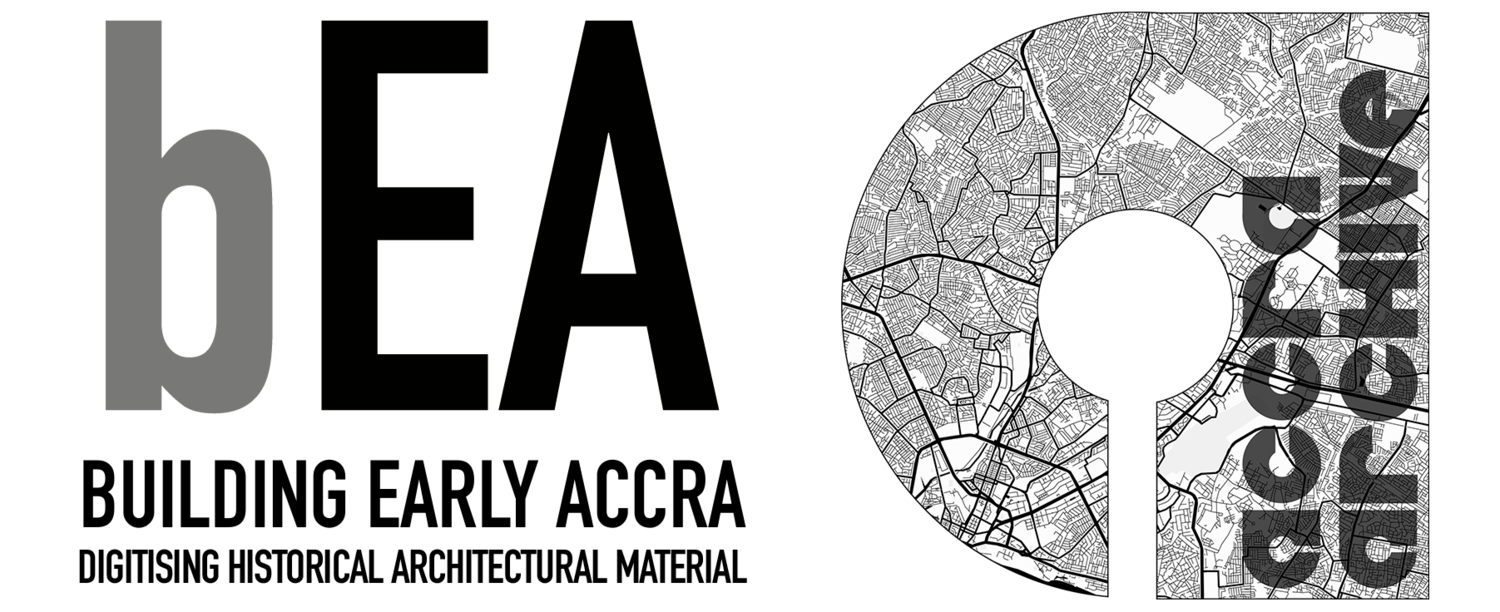Accra in the 1950s
By Kuukuwa Manful
On the 8th of February in 1951, Ghana (then known as The Gold Coast) had just had its first general election. The Convention Peoples’s Party won overwhelmingly and its founder and flag bearer Kwame Nkrumah was elected to Parliament. At the time, Nkrumah was in prison, having been jailed by the British Colonial government for his anti-colonial activism. He was released from prison to take up his new role as the ‘leader of government business’ .
In 1952, Nkrumah officially become the first black African Prime Minister of the Gold Coast, gaining more and more political control over the territory and agitating for complete independence. On 6th March 1957 when this independence was finally won, and the new African nation optimistically named Ghana (after the ancient great African kingdom) was declared free forever.
These political events were accompanied by social, economic and cultural transformations. In architecture and construction, there was a building boom that reflected the great optimism and euphoria of the time. This boom was especially visible in Accra because it was the capital city and the seat of government. Gold Coast/ Ghanaian people built new houses, added on extensions to their buildings, and refurbished their old buildings to match the fast-growing needs of the populace. Schools, shops, hospitals, churches, mosques, cinemas, recreation halls, and other buildings associated with modernity sprung up around the city as more and more people moved to Accra from all over Ghana and the world to be closer to the centres of activity.
The following videos are short glimpses into architecture, life and living in 1950s Accra.


